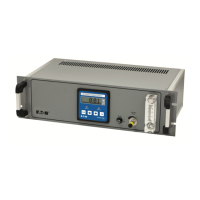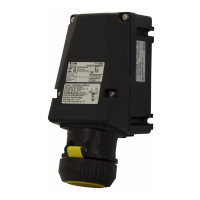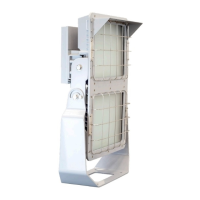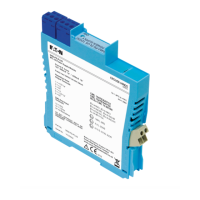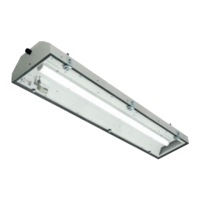10
INM MTL 130-0175 Rev 4
6 FAULT FINDING AND SERVICING
WARNING
The internals of the sensor unit operate at elevated temperatures. Take great
care when working on an analyser that has power applied or has only recently
been turned off.
NOTE
For those instruments supplied as separate electronics and sensor units, to be inter-wired
on site, always check the interconnecting wiring first. Tests are mostly described as being
performed from the electronics end. If an open circuit condition is found, it is advisable to
repeat the tests at the sensor head before drawing a firm conclusion.
NOTE
Some tests described assume that the repairer is familiar and comfortable with electrical
apparatus and simple test equipment. Apart from standard small tools, other items required
to perform the tests described are a) digital multi meter - hand held 3½ digit type capable
of resolving 0.1mv dc, 0.1ma dc and up to 30v ac. b) potentiometer trim tool. The most
convenient way of repairing the instrument is to carry a full set of spares and substituting
known good modules for those identified as faulty using the tests described here.
6.1 Error ‘HELP’ Messages
If a data error is detected by the microprocessor it is reported by displaying ‘HELP’ followed by
a number. The meaning of these messages is as follows.
HELP 1 - After finding user calibration data corrupt the backup was found to be corrupt too.
Return to factory.
HELP 2 - Will not be seen. Factory calibration data is corrupt. If the backup is OK it will be
silently restored.
HELP 3 - After finding factory setup data corrupt the backup was found to be corrupt too.
Return to factory.
HELP 4 - User calibration and/or setup data is corrupt. Press the UP (↑) key to recover.
Factory default values are loaded for alarms, output range, cell calibration etc.
After a few seconds the instrument will automatically go into the EDIT menu.
After working through the edit screens (alarm settings and output range) in the
normal way, the instrument goes automatically into the CALIBRATE mode. After
calibrating at the high and low points, the instrument reverts to normal operation.
6.2 Oxygen Sensor Resistance Checking
The sensor temperature must be at normal operating temperature when this test is carried out.
Note also that the full working temperature of the sensor is not reached until the instrument
has been on for about 10 minutes. Pass air across the sensor via the calibration connection or
the sample inlet and check the resistance of the sensor across terminals 6 and 7 using a digital
multi-meter set to read at least 1000 ohms. If the resistance of the sensor is more than 1000
ohms and its response is sluggish, it is likely that it is faulty.

